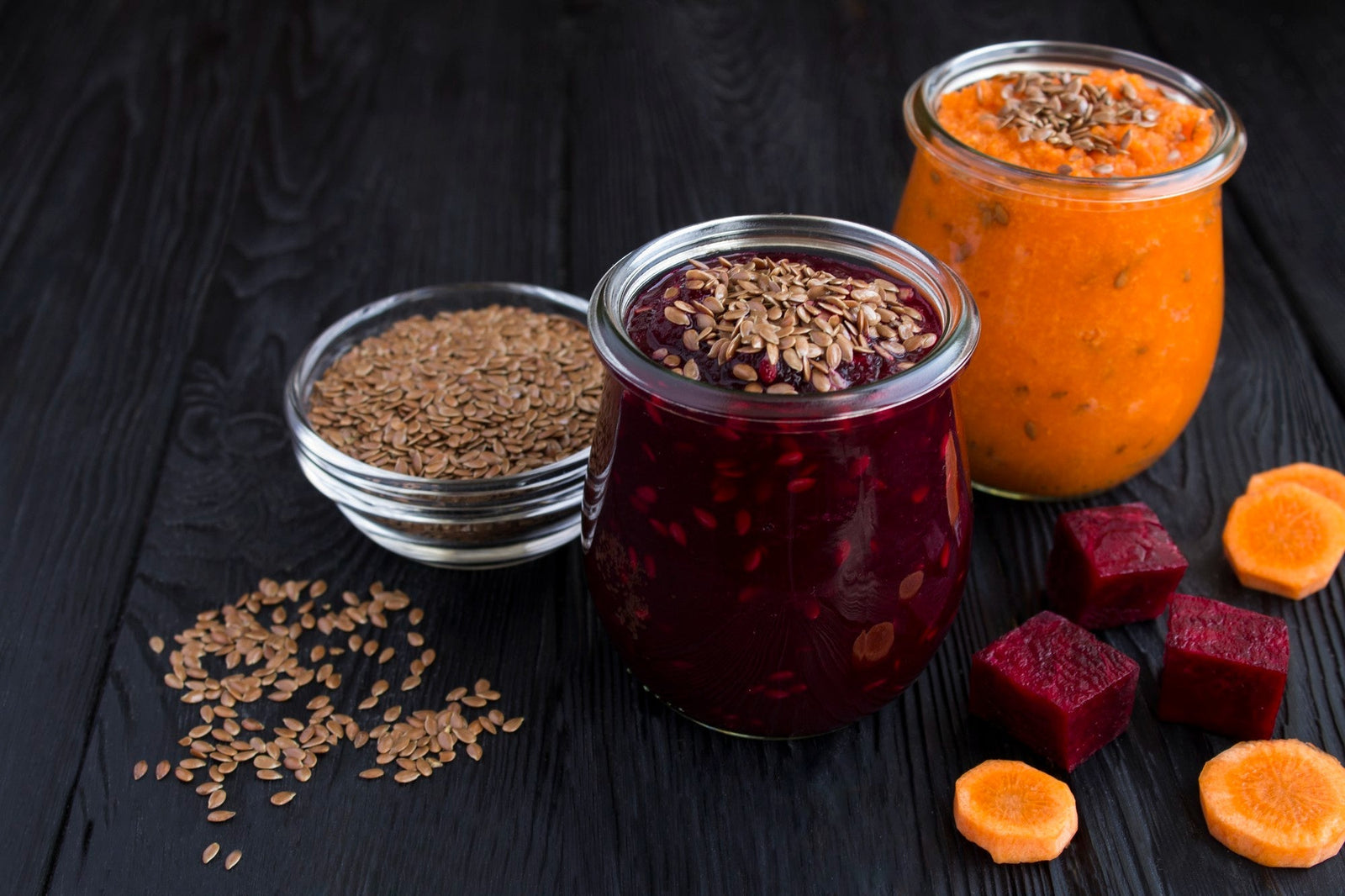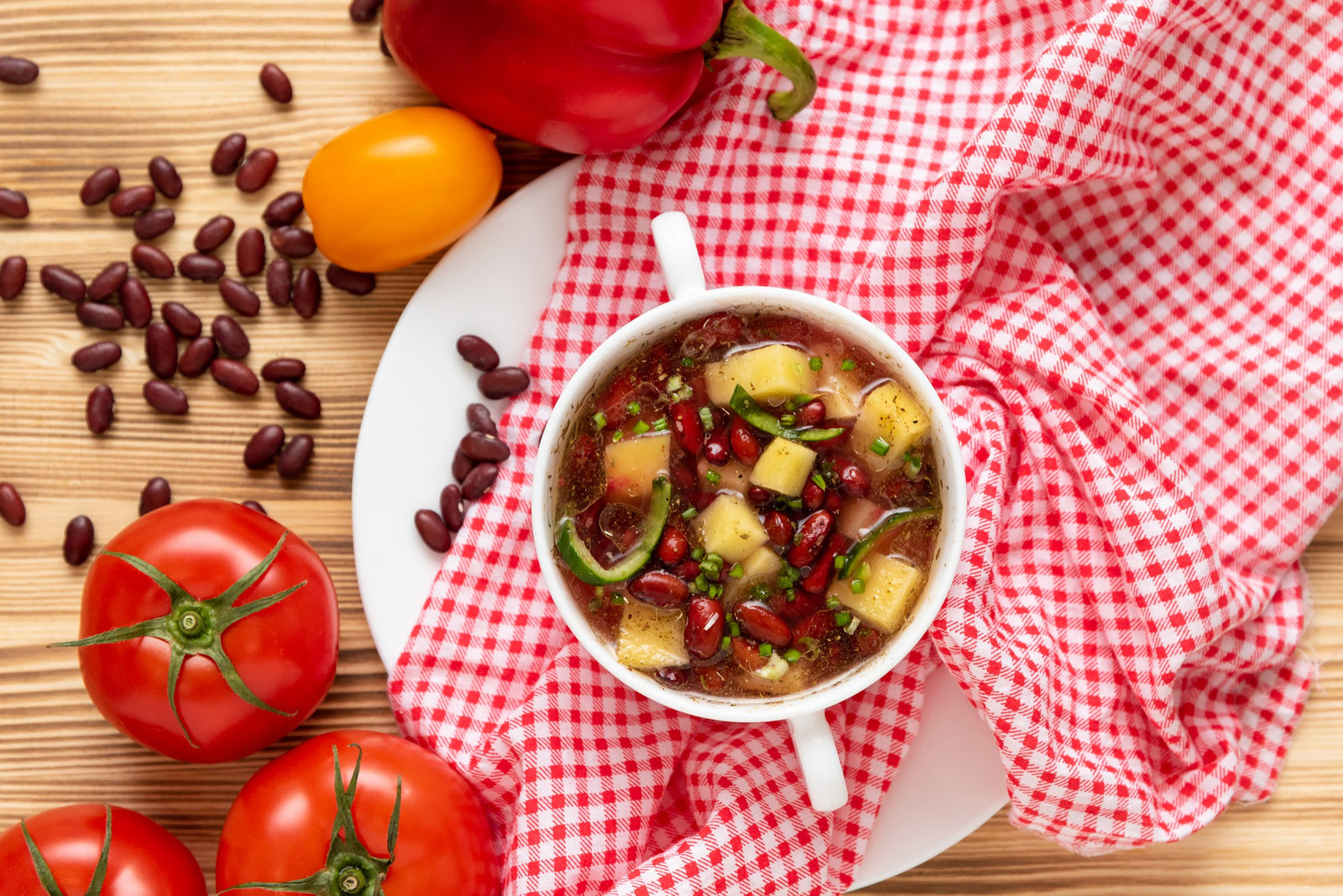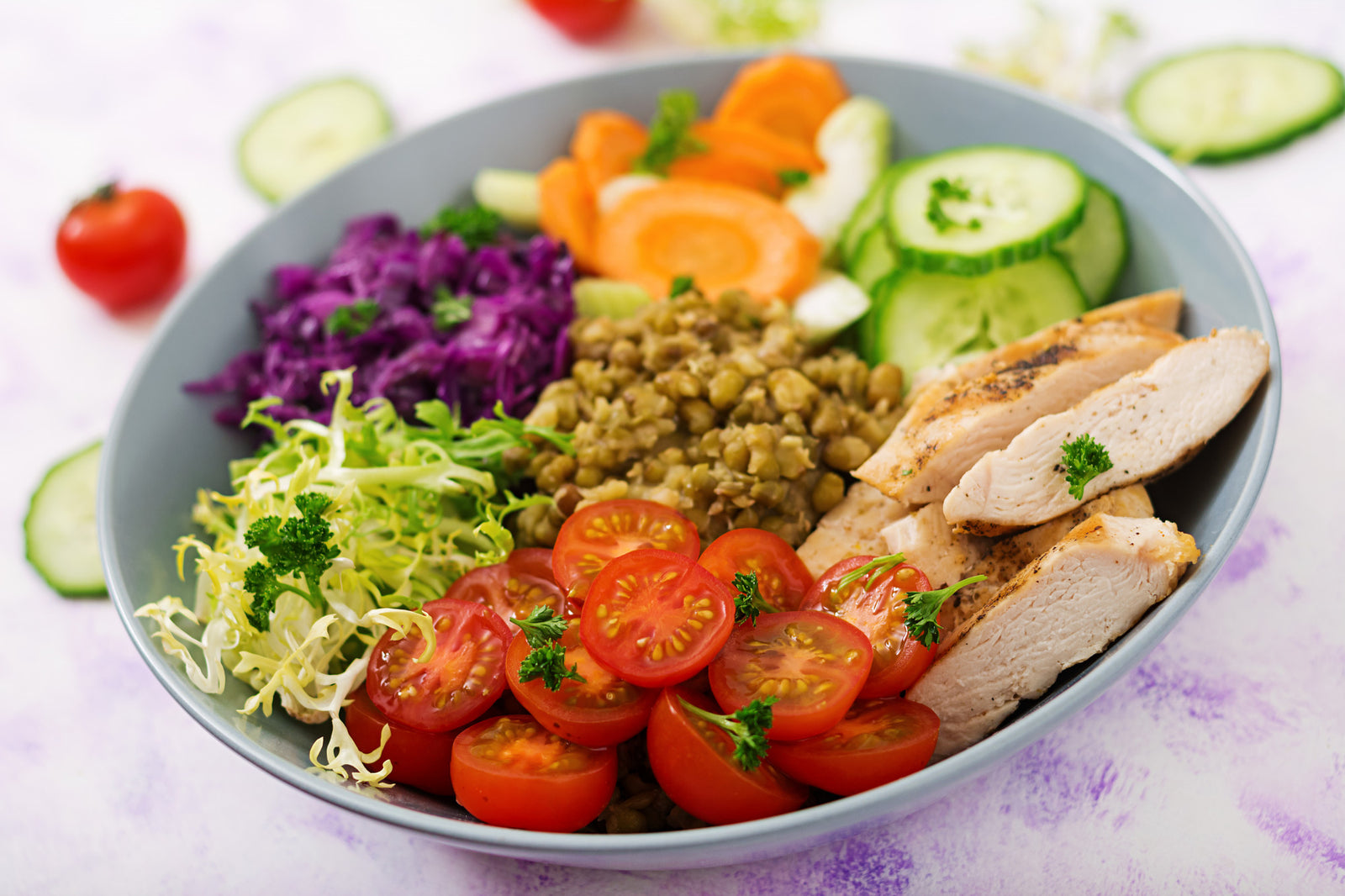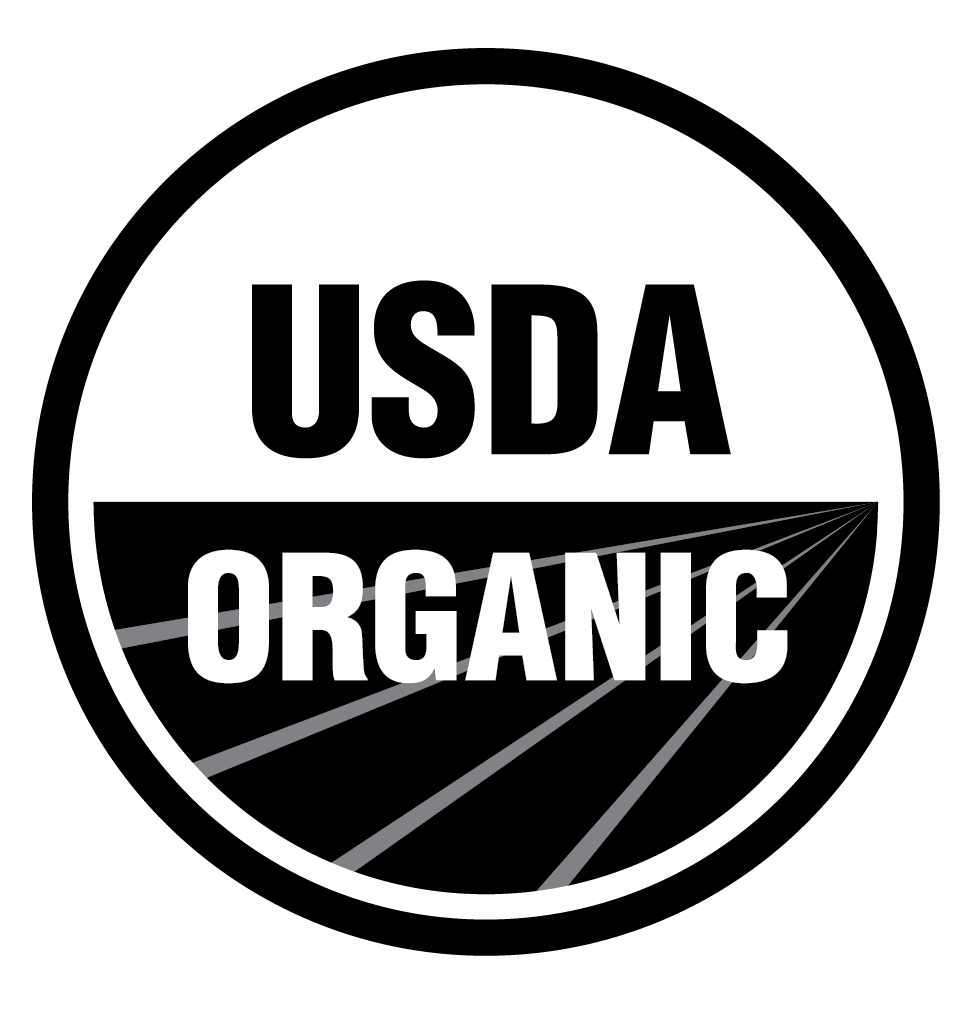
July 20, 2021 2 min read
How is popcorn different from regular corn?
While there are many varieties of corn, not all of them can pop. In fact, corn can be sweet corn, for eating off the cob, or field corn for processing and cornmeal but only one type of corn known as “Zea mays everta” actually pops to give us popcorn.

What is the difference between white and yellow popcorn?
A number of factors such as the kernel size, pigment content, and hull thickness are responsible for differentiating white popcorn from its yellow counterpart. Generally speaking, it is the thickness of the kernel’s hull and its carotene content that determines this difference. For instance the thinner the hull and the lower the carotene content, the whiter the popped corn looks.
The whiteness of the whiter varieties of popcorn can also vary according to the kernel size. As an example, the smaller the kernel and the thinner its hull, the more transparent it seems. This feature gives the popcorn kernels the semblance of being transparent. Due to the thin hull, the starch beneath makes the popcorn appear whiter than others. Typically varieties like Baby Rice and Baby White are delicate breeds of popcorn that come with a thinner hull and appear whiter than other types.
On the other end of the spectrum, white popcorn varieties that have a larger kernel with a thicker hull and orange carotene will also appear white, but not as much. Typically yellow popcorn kernels come in larger varieties and yield popcorn that has a thicker hull and a higher carotene content displaying a yellowish-orange center.
Once popped, white popcorn will be approximately 35 to 40 times the size of its original kernel while yellow popcorn will be about46 times its original size. Typically, yellow kernels are round in shape while their white counterparts are shaped more like rice. This slight difference in form can also be observed once the kernels are popped. Yellow popcorn will pop as fluffy popcorn which can be shaped like snowflakes or butterflies. White popcorn, on the other hand, pops into mushroom-shaped popcorn.
Taste and Nutrition
As far as taste is concerned, yellow kernels have a tendency to give off a subtle corn taste whereas white popcorn is slightly sweet. On the nutritional front, yellow corn seems to have a slight edge over its white counterpart as it has carotenoids including beta carotene. However, the overall taste profile of the two varieties is very similar as both types have the same starch inside.
❤ Try our USDA certified organic White Popcorn and Yellow Popcorn ❤
Recipes:
Thanks for reading this Be Still Farms Blog article. To sign up for more news/articles and/or recipes, click here. For more about us, click here. To shop our certified organic products, click here.
Please comment and share and we look forward to serving you in the future!
Comments will be approved before showing up.

January 27, 2025 3 min read
Flaxseed, the tiny yet powerful superfood, is packed with nutrients that can support weight loss. From curbing hunger to stabilizing blood sugar, this guide dives into the science of how flaxseed can help you shed those extra pounds.

December 11, 2024 3 min read
Discover three quick and easy soup recipes featuring organic small red beans. From a classic vegetable soup to a creamy potato blend, these wholesome recipes are perfect for chilly days and busy weeknights. Packed with flavor and nutrition, these soups will warm your heart and soul this winter!

December 06, 2024 3 min read
This vibrant and nutritious Green Lentil Salad combines tender lentils with grilled chicken, fresh vegetables, and a zesty lemon dressing. Packed with protein, fiber, and essential vitamins, it’s the perfect healthy meal for any time of day.
© 2025 Be Still Farms- Real, Fine Organics.
Privacy | Terms | Refund Policy | Organic Certification
